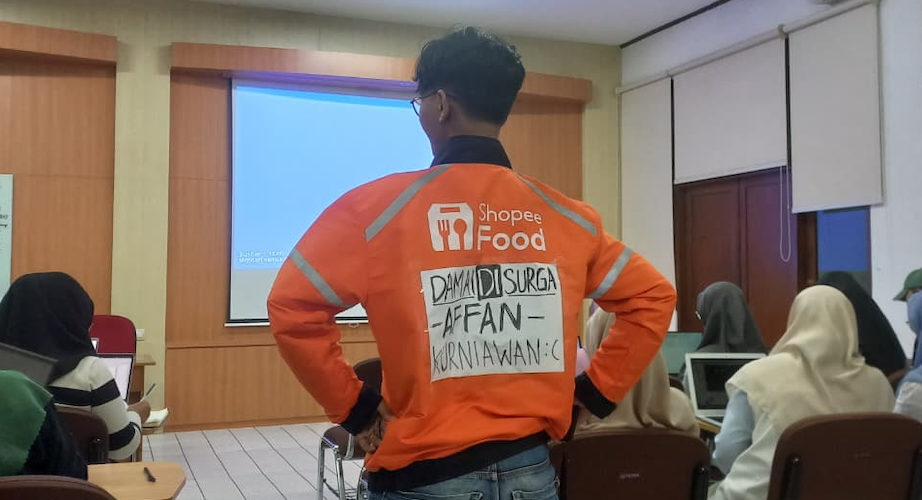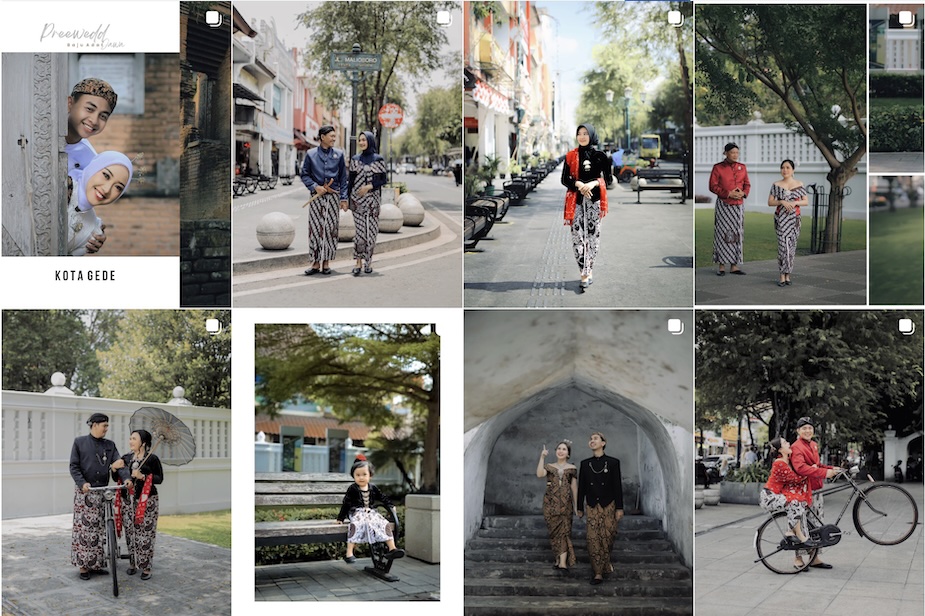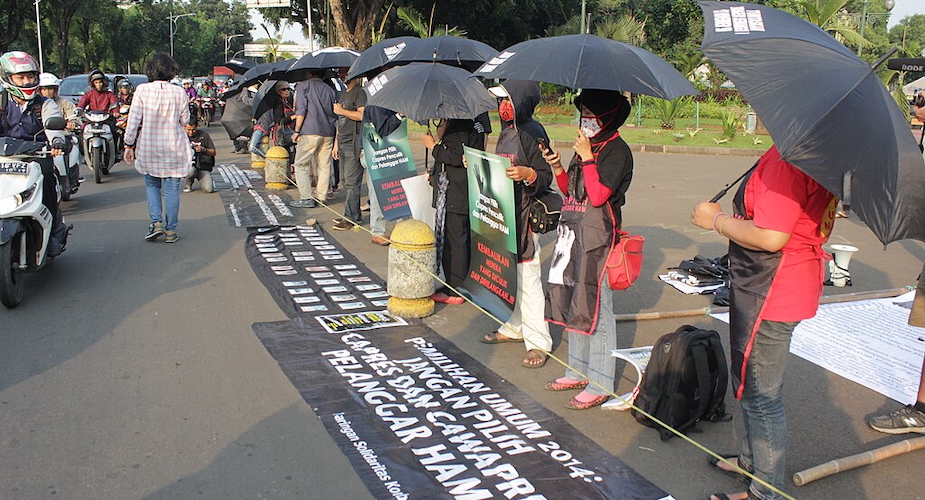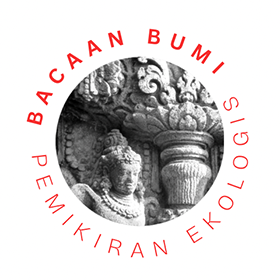The intersection of disability and poverty creates layered barriers to financial inclusion
Jilan Zahra Jauhara
Dea is a 23-year-old student living independently in Pamulang sub-district in South Tangerang, Banten. She has visual impairments and has been struggling to replace her expired debit card at a bank branch. The bank has no Braille documents and lacks procedures to support independent access for people with disabilities. The bank staff asks her to come back to the bank with someone she trusts, which she finds difficult. Instead of accommodating or addressing the accessibility gap, the banks fail to include people like her who have disabilities. Moreover, the intersection of disability and poverty creates layered barriers to financial inclusion.
Non-inclusive services present a significant barrier for people with disabilities who attempt to access financial products and services. Most financial institutions fail to meet their needs around communication, physical, or digital access. As a result, basic activities, such as opening an account or replacing a card, require assistance from family or friends. Dea’s story highlights the challenges people face in their pursuit of financial inclusion. Eventually, she was forced to reapply for a debit card rather than have it simply renewed and now avoids going to the bank altogether.
People with disability make up 1.4 per cent of Indonesia’s population, or around four million people, and yet they are an afterthought in Indonesia’s financial inclusion system. Whether it is access to simple financial services, regular usage, or the quality of financial services, they face persistent exclusion. Only 24.3 per cent of people with disabilities in Indonesia have a bank account, compared to 47 per cent of those without disabilities. Usage of digital financial services is even lower, as only 1.1 per cent have used the Internet to access financial services.
Such exclusion has a direct correlation to income disparities, as 55 per cent of people with disabilities belong to low-income backgrounds. In Indonesia, they earn an average of just Rp.1.3 million (A$122) per month and 69 per cent work in the informal sector. During times of crisis, these vulnerabilities only increase. For example, during the COVID-19 pandemic, about 41 per cent of people with disabilities were classified as vulnerable to falling deeper into poverty. They experienced a 30-80 per cent drop in their income compared to their pre-pandemic incomes, to below Rp.1 million (A$94).
Digital divide
While digital financial services may have reduced the need for Dea and others like her with disabilities to visit physical bank branches, these services are not designed to support inclusion. Other barriers emerged when Dea attempted to complete the electronic 'know your customer' (e-KYC) identification verification process. The live detection feature, requires users to move their head in specific directions or blink on command, which she found difficult due to her visual impairment. She had to repeat the process multiple times before successfully completing it.
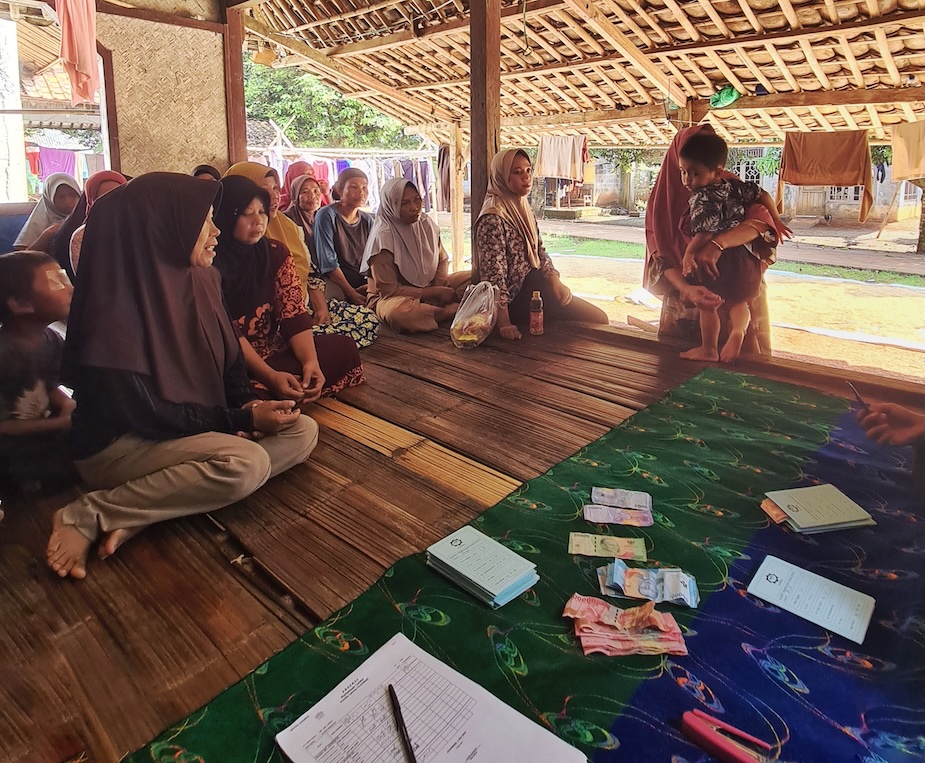
People with intellectual disabilities or low literacy levels face even greater barriers when they use digital financial services. Without simple instructions, clear language, or intuitive navigation complex steps like e-KYC can be confusing. Features, such as voice guides, screen readers, or alt text for buttons, can make these services more accessible for people with disabilities.
Access to financial services is even more difficult for people with disabilities who are from low-income backgrounds, many of whom have had limited educational opportunities. They are unlikely to have completed special education programs where they can learn sign language or Braille. This limits how well they can interact with and navigate formal systems such as banking.
The challenges are even more acute for individuals who develop disabilities later in life due to aging. While age-related impairments are common across income levels, older adults from low-income households face greater barriers. With limited education, they struggle to adapt to new conditions or learn assistive tools and systems that would help them access financial services. As a result, many people with disabilities from low-income backgrounds, especially older adults, must often rely on others when using financial services.
In Bogor, Mimin, a 64-year-old homemaker with visual impairments, participates in a group lending arrangement provided by a formal microfinance institution (MFIs). Based on the Grameen model, small groups of women meet weekly at a member’s home. During these meetings, a field officer facilitates savings deposits, withdrawals, loan applications, and repayments. Mimin relies on her husband to manage the paperwork involved in her financial transactions. Mimin completed only an elementary school-level education and never had the opportunity to learn Braille. Her husband reads the documents to her and helps her to sign them.
Another participant in the same lending group is 66-year-old Ira, an agricultural worker who relies on others for support. Her hearing impairment developed due to old age, and she never learned Bisindo, the Indonesian sign language. She sees little point in doing so now, as no one around her uses it. She struggles to learn at her age and relies on a fellow group member to communicate with the field officer.
No assistive tools
Access to assistive tools, such as hearing aids, walking sticks, or wheelchairs, is also a challenge for many low-income people with disabilities. These tools are often expensive and when daily survival is at stake, they are not prioritised. This especially applies to women who often put family needs above their own.
Since childhood, 56-year-old Hana, a nasi uduk seller, has had difficulty walking. A few years ago she received a prosthetic leg through a government aid program. When asked if she would have taken a loan to buy it, she shared that she preferred to support her small business and daily needs. For Hana day-to-day life remains difficult, including seemingly simple tasks such as a visit to an ATM.
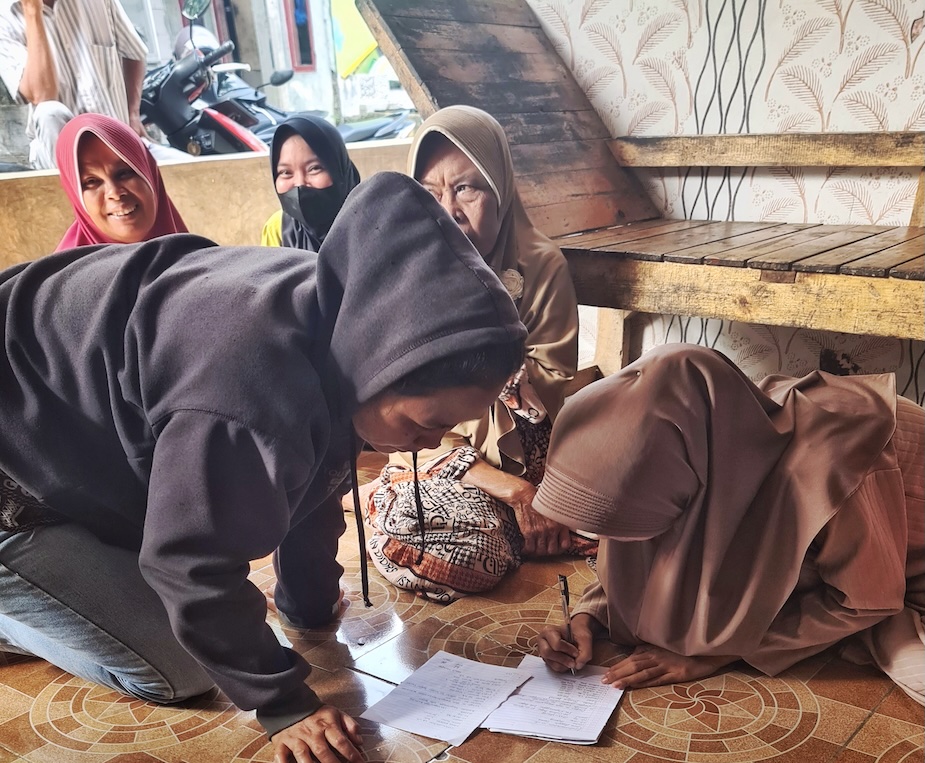
Around 69 per cent of people with disabilities are engaged in the informal sector and earn just enough to meet their daily needs. As a result, financial products that may seem affordable to non-disabled people can still be out of reach. For instance, opening or maintaining a savings account is difficult, as it typically requires a minimum of IDR 20,000 (A$1.8) to open and IDR 10,000 (A$0.94) to deposit. For Mimin, Ira and the others like them, formal financial services are largely inaccessible when combined with transportation costs, physical effort, and the fear of being turned away or needing assistance.
The way forward
When people with disabilities seek access to financial services they face layered challenges. Inclusive solutions must be genuinely expanded, not merely provided as a formality. They must address the real barriers that people with disabilities, especially those from low-income backgrounds, face every day.
Assistive technologies should be easy to use and accessible and people with disabilities should be included in the co-design of products and services, so their real needs align with what is offered. In the long term, efforts should expand access to tools and training that help people with disabilities use financial services independently.
At its core, financial inclusion means that everyone can access and use financial products and services. People with disabilities, especially those from low-income communities, have been left out of the financial inclusion landscape for too long. To fully achieve true financial inclusion, the layered challenges they face must be recognised and responded to. Only then can financial products and services become truly inclusive for all.
Jilan Zahra Jauhara (jilan.jauhara@microsave.net) is an Associate at MicroSave Consulting (MSC) Southeast Asia. Her work focuses on financial inclusion, digital finance, MSME development, and gender issues. This article draws on insights from a disability inclusion study conducted by MicroSave Consulting (MSC), in collaboration with Opportunity International Australia (OIA). The author thanks Sonal Jaitly (MSC) for her expert review, and Rahul Ganguly and Mutum Yoimayai (MSC) for their copyediting support.






